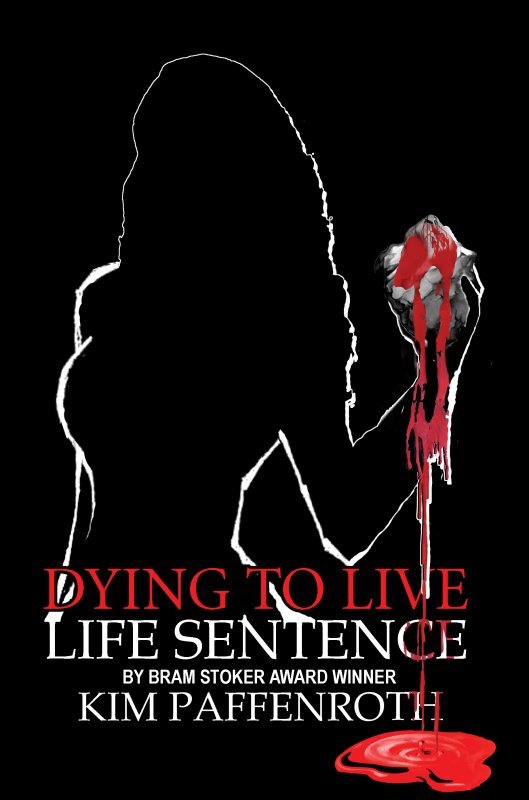 By KIM PAFFENROTH (Permuted Press; 2008)
By KIM PAFFENROTH (Permuted Press; 2008)
Is it just me or is every third horror book published these days a George Romero-inspired zombie novel? The living dead have long been a horror staple, certainly, but in recent years they’ve all-but taken over the genre. I’ve shunned most of the zombie apocalypse novels currently packing bookstore shelves, but did read DYING TO LIVE: LIFE SENTENCE by Kim Paffenroth, which turned out to be an above-average entry in every respect.
It’s a sequel to Paffenroth’s 2007 novel DYING TO LIVE. I haven’t read that book, but had no trouble getting into LIFE SENTENCE, as its subject matter was familiar to me from the films that inspired it. The author has written a book on the cinema of George Romero (2006’s GOSPEL OF THE LIVING DEAD) and clearly knows the territory inside and out.
Yet Paffenroth has used his Romero-filched elements in thoughtful and literate fashion. There is the requisite gore, of course, and quite a few nerdy movie references (including a store named Argento and a play on the classic ALIENS line about “real monsters”) but the book’s true aims are strictly of the philosophical variety.
The setting is a world where the living dead rule and a band of non-zombified people subside in an abandoned museum. The two main characters are Zoey, a pre-teen coming to terms with life in this nightmare world, and Truman, an “evolved” zombie who was once a university professor. In his current state Truman’s memories are all-but nonexistent, forcing him to relearn everything; as his curiosity about himself and the world around him grows, Truman finds himself rejecting the anti-social activities of his fellow deaders. Along the way he connects with a fellow zombie named Lucy, and love (of a sort) blossoms.
In the meantime Zoey is maturing into a full-fledged zombie killer, having undergone an intricate initiation ceremony. She and Truman mirror each other in their inquisitiveness about the world around them, and before long Zoey, Truman and Lucy will meet…with unexpected results.
The ultimate threat comes not from the undead minions but rival bands of living, breathing humans, and a violent showdown is eminent. But the conclusion is (in keeping with the novel’s overall tone) thoughtful and contemplative, playing down the expected mayhem in favor of a deeply felt, hard-won humanity.
From a writing standpoint the novel is impeccable. The apocalyptic milieu is convincingly evoked with oft-disturbing realism, and the central characters are strong and three-dimensional. I don’t believe (as a back cover blurb states) the book will entirely satisfy gore fans, but it is ideal for readers wanting more from their zombie fiction than flesh ripping and intestine pulling.
